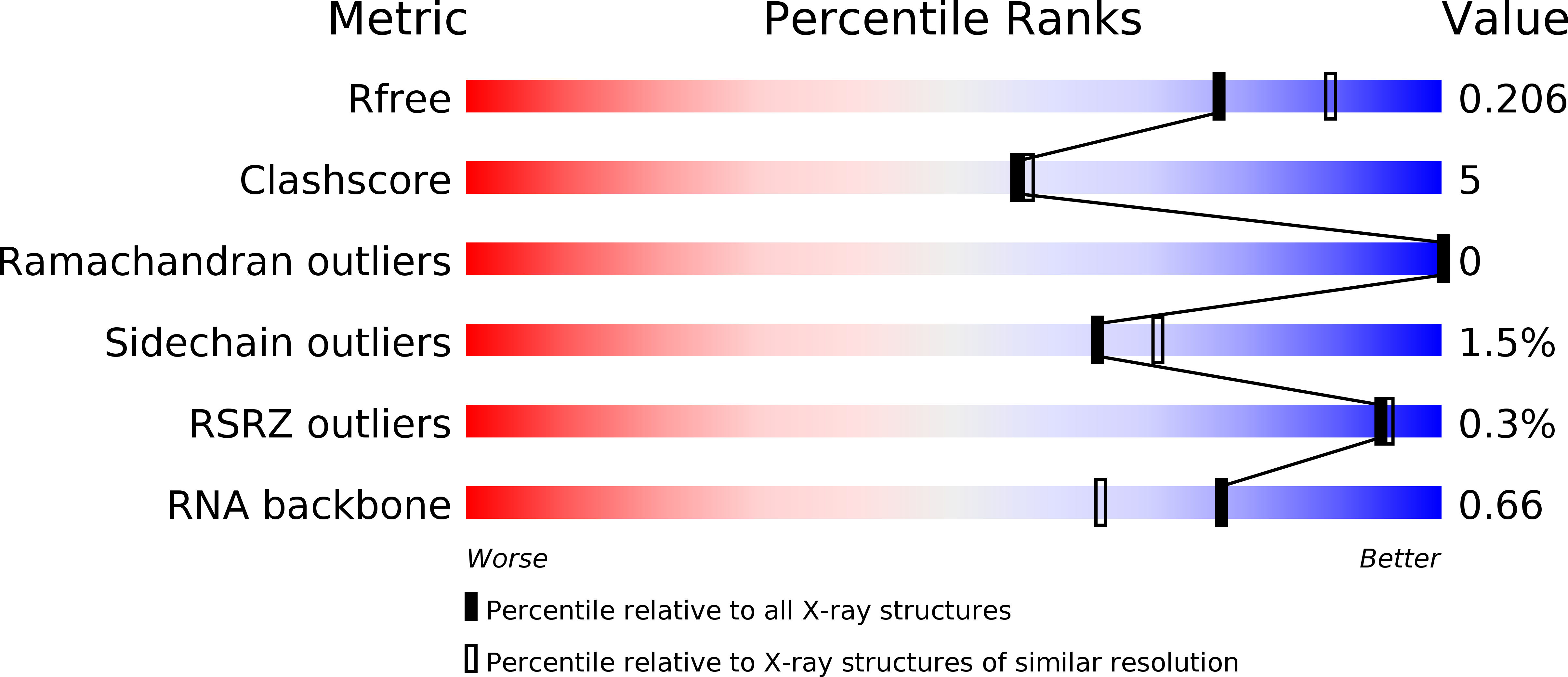
Deposition Date
2016-09-29
Release Date
2018-03-14
Last Version Date
2023-10-04
Entry Detail
PDB ID:
5THE
Keywords:
Title:
Crystal structure of the C-terminal lobe of a budding yeast Argonaute
Biological Source:
Source Organism:
Vanderwaltozyma polyspora (Taxon ID: 436907)
Escherichia coli BL21(DE3) (Taxon ID: 469008)
Escherichia coli BL21(DE3) (Taxon ID: 469008)
Host Organism:
Method Details:
Experimental Method:
Resolution:
2.10 Å
R-Value Free:
0.20
R-Value Work:
0.15
R-Value Observed:
0.15
Space Group:
P 1 2 1


